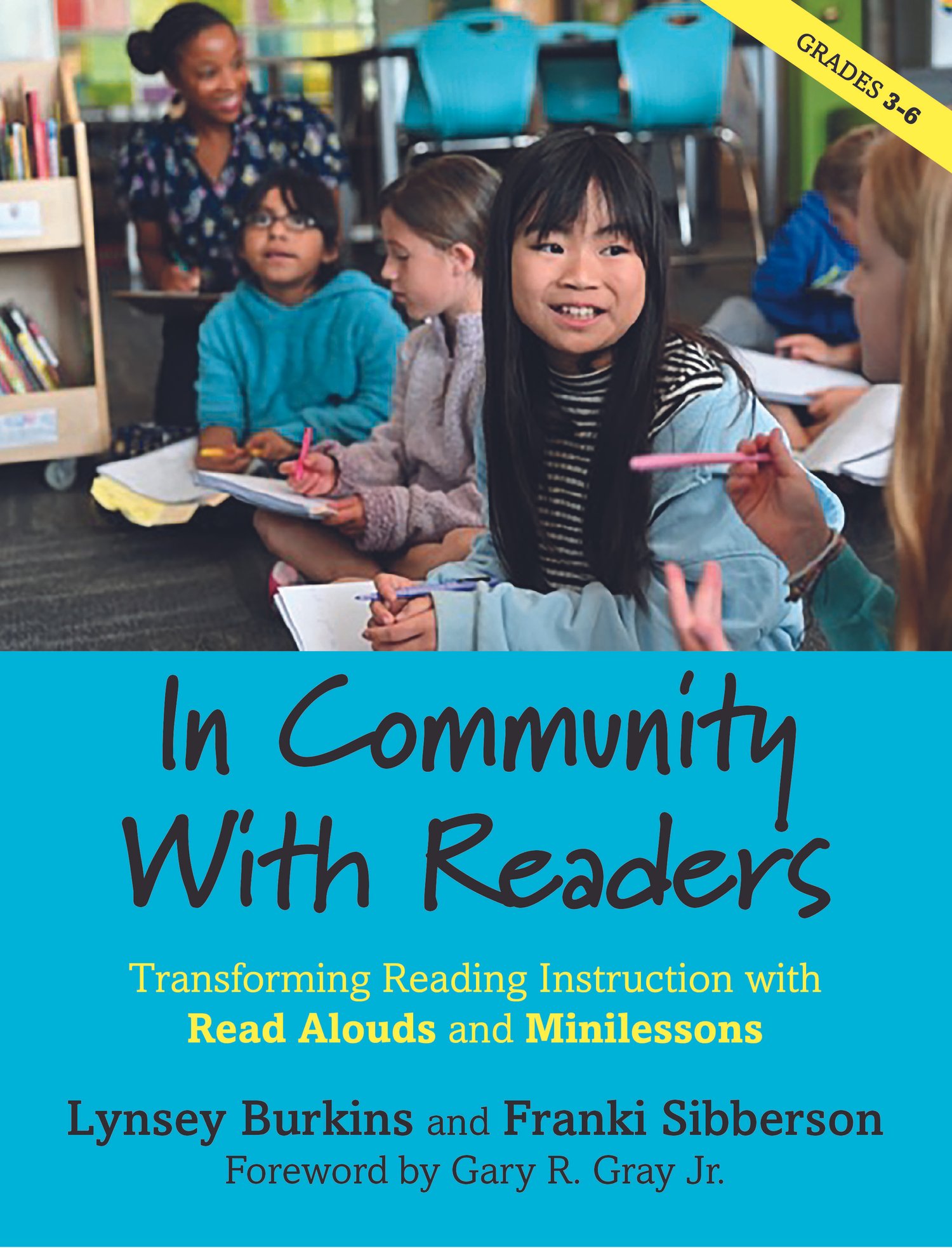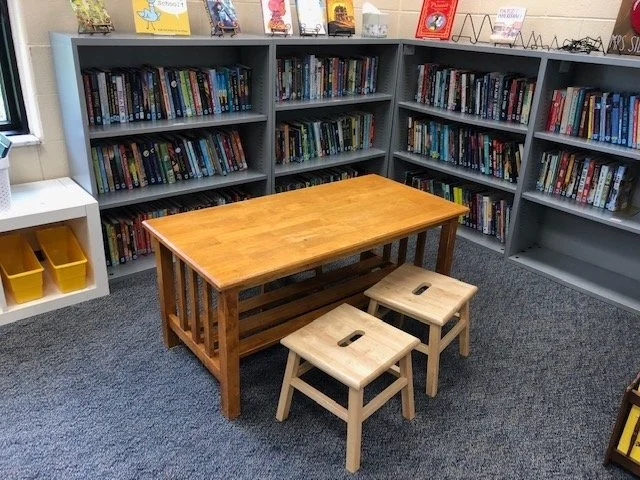A Classroom Library that is Responsive to Students
Over the last few days, we’ve had more than a few teachers reach out saying, “I need to revamp my whole classroom library. It’s not working.” We are not surprised. Over the summer, we design our classroom libraries using all the knowledge we have about readers and books. Then the children arrive and we listen. And when we do, we may realize that the books we have centered are more appropriate for the end of the year. Or we may realize that this group of readers browses books in a way that we weren’t expecting. Or maybe we realize their tastes as readers do not match the displays we have created. We learn so much about our readers in these first few weeks of school and it makes sense that our libraries evolve based on what we learn.
Revamping our libraries after the children arrive is to be expected! We don’t start from scratch but instead, we take what we know about classroom library design and combine that with what we’ve learned about our readers these first few weeks of school and we make the changes our readers need to support their choices.
There are years we notice that over half of the class is reading graphic novels so we take that section and break it down into graphic novel genre and author baskets so readers of graphic novels can choose more intentionally
Other years we notice that many readers enjoy short novels and we haven’t pulled many of those to display. So we go through our collection and pull those out, and create a new section of the library for short novels-a section that we hadn’t planned on.
We know that the ways we organize our classroom library can teach our students about reading choices. We know that readers have favorite authors and favorite series and favorite formats. So we can build on where students are and ask ourselves these questions.
Is there an author or series that is popular with readers right now? Is there a basket of books that houses that author or series?
Are there minilessons I can do to help readers think about the ways this group of students chooses books?
Would minilessons to introduce certain baskets/areas of the library help this group of readers?
Is there an area of the classroom library that gets a lot of traffic?. Can it be expanded and divided into subcategories for easier browsing.
Is there a type of book that a few children are excited to have discovered? Can I build on that by working with them to organize those books in some display/basket?
5 Tips for Revising Classroom Library Early in the School Year
Add Baskets Based on What Children are Reading to Help them Start Thinking About the Ways They Might Choose Books
We try to leave space in our libraries to add new baskets based on what we notice the first few weeks of school. If we notice children using the drawing books during indoor recess, we make sure that we gather all of the drawing and craft books together with the ones they are using and create a “Drawing and Making” basket and highlight it.
Build Baskets with Mini Lessons
When we read a book as part of a minilesson, we often discuss a bit about that book and how it fits into the classroom library. For example, we might say, “Today’s book Saturday, was by an author I love, Oge Mora. If you enjoyed this book and want to try more books by Oge Mora, there is a whole basket of her books here.
Create Baskets with Readers During Reading Conferences or Small Groups
When we meet with readers, we love to talk about the things we notice about their reading. We try to name things and involve them in helping create new baskets to share with others. For example, we might say, “I noticed you’ve already read a few books that are illustrated chapter books. Do you think a basket of those would be helpful for other readers in our class?”
Book Talk and Connect to Area of Classroom
We have many book talks early in the school year, sharing books we think readers might enjoy. As we have these, we connect them to the ways the library is organized. When we choose books to booktalk, we try to build on what we notice about their reading. So if many readers are reading Diary of a Wimpy Kid, we make sure to booktalk others that have a similar format or similar humor. We might highlight the 13-Story Treehouse and then share that series basket.
Expand on Books that are Popular in the Classroom
We know how important it is to start where children areWe’ve discovered that early in the year, readers know the books they like, but they don’t always know the author or genre of that book. Naming these help readers begin to build a reader identity. If we notice many readers love Captain Underpants, we might introduce the Dav Pilkey author basket and invite them to try other series by the author. If we notice many readers are reading
We know our classroom libraries will continue to evolve as the school year progresses. At the beginning of the year, when we listen and begin to work with students to create new areas, think about new baskets, we begin the process of co-creating.


